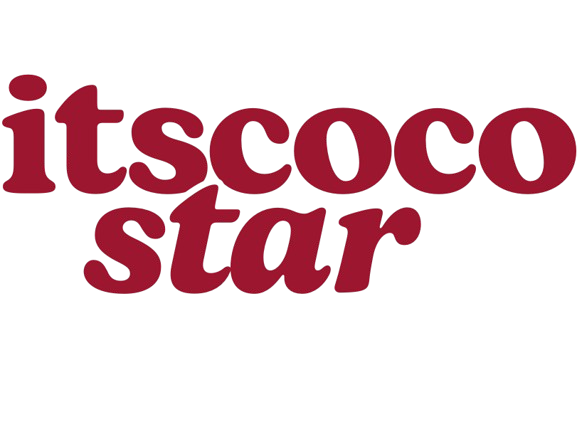Managing a clinic is a multifaceted endeavor that requires a delicate balance between providing exceptional patient care and ensuring smooth operational efficiency. With the healthcare landscape continually evolving, clinic managers face a variety of challenges, from staffing and financial management to regulatory compliance and technology integration. Here, we delve into the art of clinic management, exploring strategies that can help managers navigate these complexities while prioritizing patient well-being.
Understanding the Dual Role of a Clinic Manager
At the heart of effective clinic management is the dual role of balancing clinical responsibilities with operational duties. Clinic managers must wear many hats, acting as leaders, financial planners, human resource managers, and patient advocates. This complexity requires strong organizational skills, empathy, and a comprehensive understanding of both healthcare and business principles.
Prioritizing Patient Care
The primary mission of any clinic is to provide high-quality care to patients. Patient care should always be at the forefront of management strategies. This begins with fostering a culture of empathy and respect among staff, ensuring that every team member understands the importance of patient satisfaction. Regular training sessions can reinforce this commitment, helping staff develop strong interpersonal skills and a patient-centered mindset.
Implementing patient feedback systems is another crucial aspect of enhancing care. Surveys and suggestion boxes can provide valuable insights into patient experiences, allowing managers to identify areas for improvement. Addressing patient concerns promptly not only boosts satisfaction but also builds trust and loyalty.
Streamlining Operations
While patient care is vital, operational efficiency is equally important. A well-managed clinic can optimize resources, reduce costs, and improve the overall patient experience. Here are several key strategies to achieve operational excellence:
Effective Scheduling:
An efficient scheduling system ensures that appointments are managed properly, minimizing wait times and maximizing the use of clinical resources. Utilizing appointment management software can help streamline this process, allowing for easy adjustments and real-time tracking of patient flow.
Staff Training and Development:
Investing in staff development not only enhances skill sets but also boosts morale. Regular training sessions keep employees informed about best practices and new technologies, ultimately benefiting patient care. Cross-training staff can also create a more flexible workforce capable of adapting to changing demands.
Inventory Management:
Keeping track of medical supplies and equipment is crucial for avoiding shortages and reducing waste. Implementing an inventory management system can help managers maintain optimal stock levels, ensuring that essential items are always available for patient care.
Financial Management
Balancing patient care and operations also involves robust financial management. A clinic must be financially viable to continue serving its community effectively. Here are some essential practices for maintaining financial health:
Budgeting and Forecasting:
Developing a detailed budget that outlines projected revenues and expenses is essential. Regular financial reviews help managers stay on track and make informed decisions. Forecasting future financial performance based on historical data can also guide strategic planning.
Billing and Collections:
Optimizing the billing process with medical billing software minimizes errors and speeds up revenue collection. Providing training for staff on accurate coding and billing practices ensures that claims are submitted correctly and on time. Additionally, offering various payment options, such as online payments, can enhance patient satisfaction and facilitate quicker collections.
Cost Control:
Identifying areas where costs can be reduced without compromising quality is vital. Regularly reviewing expenses and negotiating with suppliers can lead to significant savings. Managers should also monitor key performance indicators (KPIs) to identify trends and address any financial issues proactively.
Embracing Technology
The integration of technology into clinic management is transforming the way healthcare is delivered. Electronic Health Records (EHRs), telemedicine platforms, and practice management software are just a few examples of tools that can enhance efficiency and patient care.
EHR Systems:
EHRs facilitate better communication between healthcare providers, ensuring that patient information is easily accessible. This leads to improved coordination of care, reducing the likelihood of errors and enhancing patient outcomes.
Telemedicine:
Offering telehealth services can increase accessibility for patients, particularly those in remote areas or with mobility challenges. This flexibility not only improves patient satisfaction but also opens new revenue streams for clinics.
Data Analytics:
Utilizing data analytics can help clinic managers identify trends, measure performance, and make informed decisions. Analyzing patient demographics and treatment outcomes can reveal valuable insights that drive improvements in care delivery.
Conclusion
The art of clinic management lies in the ability to balance patient care with operational efficiency. By prioritizing patient satisfaction, streamlining operations, managing finances effectively, and embracing technology, clinic managers can create an environment that fosters both exceptional care and organizational success.
This delicate balance is not only essential for the clinic’s sustainability but also for the overall health and well-being of the communities they serve. With thoughtful strategies and a commitment to excellence, clinic managers can navigate the complexities of healthcare management and thrive in an ever-changing landscape.






